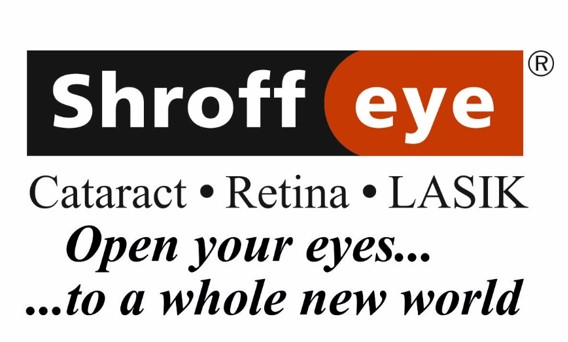Shroff Eye Hospital is India's First Eye Hospital accredited by the Joint Commission International (USA) since 2006. Shroff Eye is also India's first and only Wavelight Concerto 500 Hz LASIK center. Shroff Eye has stood for excellence in eye care since 1919. A firm commitment to quality is at the heart of all services provided at our centers at Bandra(W) and Marine Drive, Mumbai.
Removal of an eye may be necessary for a variety of reasons. Such a decision to have an eye removed can be difficult and emotionally demanding. Nevertheless, skilled surgery combined with first class prosthetic care can lead to a very acceptable aesthetic result, and in many cases the symmetry and colour match between the artificial and the fellow eye can be very good indeed.
What are the possible treatments for an eye that does not see?
Depending on the condition of the eye and the main concern of the patient, Dr Sneha Shah may suggest using Painted contact lenses, or Shells (acrylic artificial eyes); which when worn over a blind eye often look as good as a real eye.
However, if a blind eye becomes painful, or a contact lens or shell cannot be tolerated, or the patient is unable to remove the lens or shell each evening, then surgery to remove the eye should be considered, as this addresses both the discomfort and allows an artificial eye (an ocular prosthesis) implant to be
used.
After this surgery, are any further operations ever needed?
Most artificial eyes give many years of good service. However, there are certain conditions which may require drops or further surgery to enable an artificial eye to be worn suc.) to be worn continuously with only an occasional need for its removal for cleaning.
How is an eye removed?
Essentially, there are two approaches:
Enucleation: this involves the removal of the entire eyeball (this includes the white part of the eye referred to as the ‘sclera’). It is replaced with a permanent spherical implant (or ‘ball’), placed deep within the socket to compensate for the loss of volume. This implant remains permanently covered and is not visible to the patient. For some patients who are not suitable for such an implant, a dermis fat graft is used instead. This is taken from the abdomen or the upper outer quadrant of the buttock area. Once the surface inflammation has settled (within a few weeks), an artificial eye, or ‘prosthesis’ (similar to a shell) can be worn on top. This is held in place by the eyelids.
Evisceration: in this operation all the contents within the white layer of the eye (the sclera) are removed, leaving the sclera behind, which is then used as a natural wrapping material to cover the ball implant.






